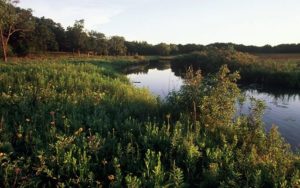
Mukwonago River Watershed – Wisconsin
A mosaic of forest, wetlands, savannas, rivers and lakes, the Mukwonago River Watershed is a natural treasure in the southern Kettle Moraine about 35 minutes from Milwaukee.
Welcome to 30X30 Solutions, a multilingual practitioners’ guide to Target 3, meeting the needs of those implementing the Global Biodiversity Framework. 30X30 is about more than the numbers. It is about outcomes that will reverse the rate of decline of biodiversity worldwide.
Develop a website to serve as a clearing house of resources for countries to achieve 30% protection and conservation and to help countries design, implement and report on 30x30 strategies and action plans.
There is consensus amongst experts that enough natural or near-natural habitat remains to make 30x30 (Target 3 of the Global Biodiversity Framework) achievable on both land, including inland waters, and in the ocean.
Making this target a reality is going to require increased capacity and knowledge building. 30x30.solutions will provide advice and tools to ensure the integrity of implementation of the target.
Get your multilingual practitioners’ guide to Target 3, meeting the needs of those implementing the Global Biodiversity Framework.
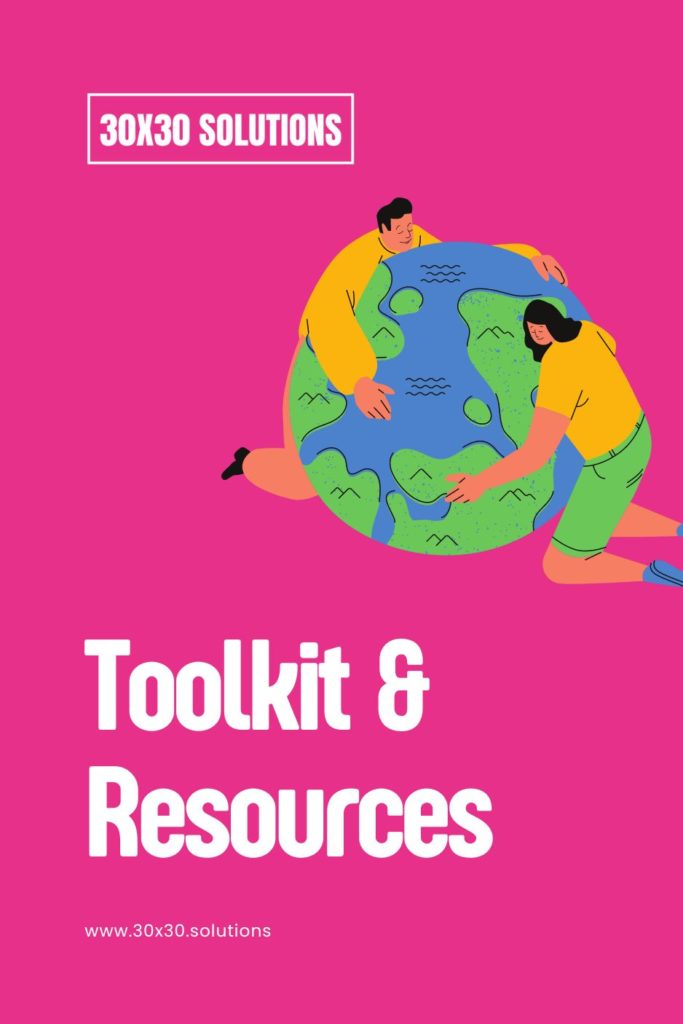

A mosaic of forest, wetlands, savannas, rivers and lakes, the Mukwonago River Watershed is a natural treasure in the southern Kettle Moraine about 35 minutes from Milwaukee.
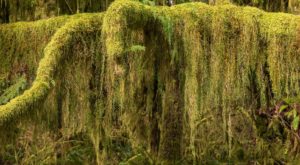
The mossy Hoh River is among Washington’s most iconic places. Clear and undammed, the river hosts one of the healthiest wild salmon runs in the Lower 48 states.
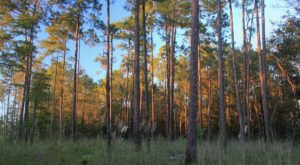
Lake Ramsay Preserve supports a significant tract of intact pine flatwood wetlands in southeast Louisiana. It supports high quality examples of longleaf pine flatwood savanna, longleaf pine flatwoods and small stream forest.
View More Places
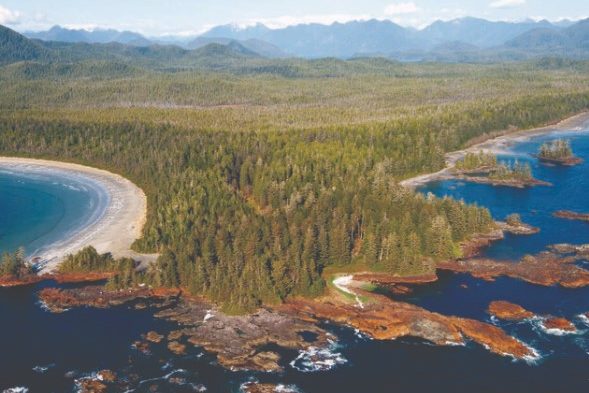
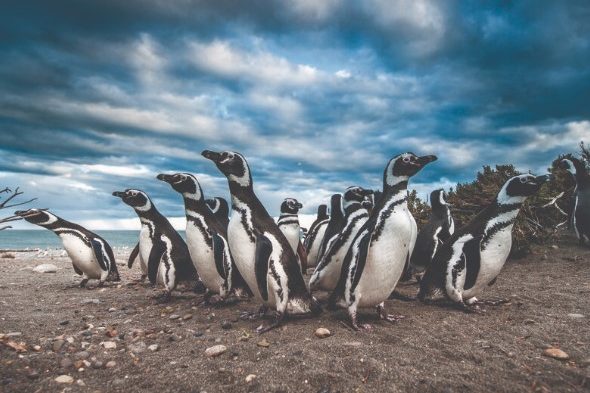
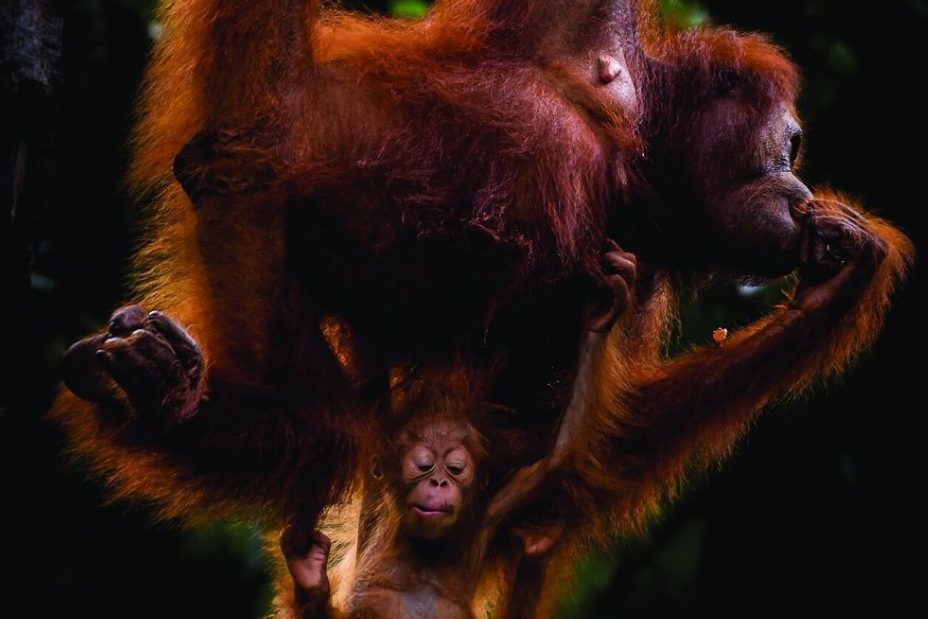
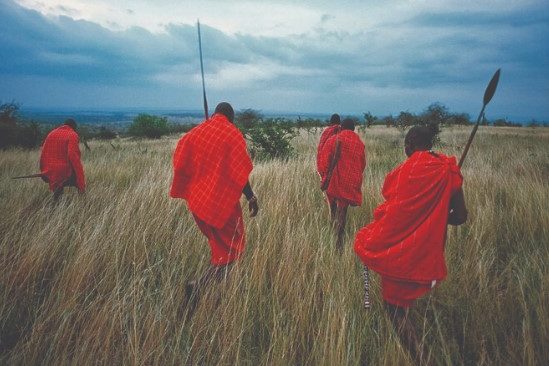
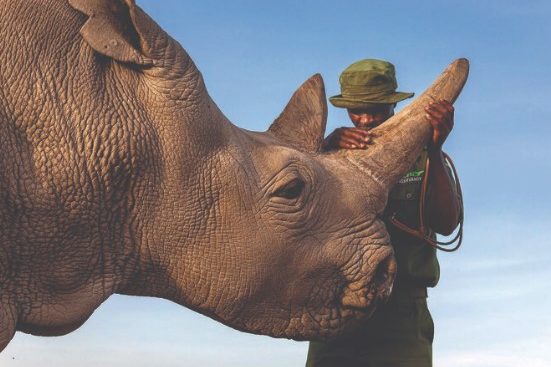
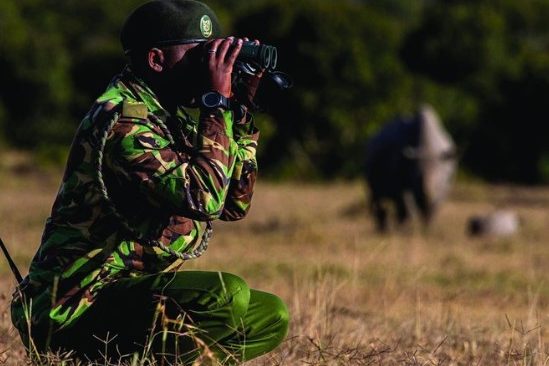
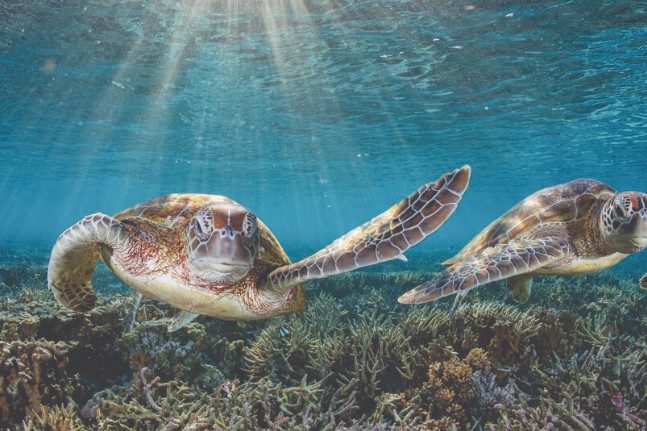
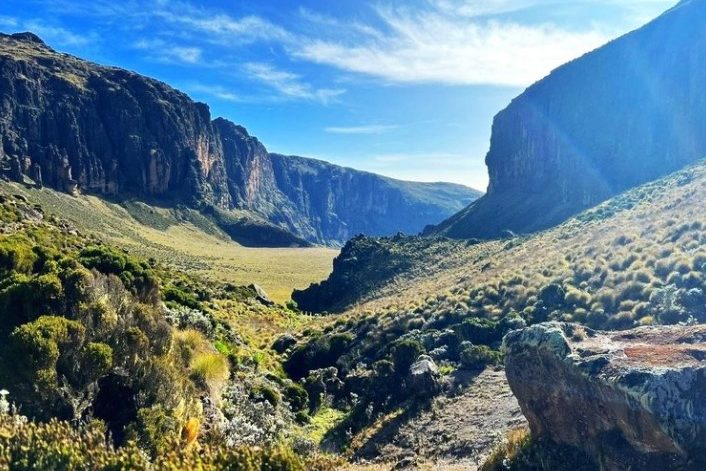
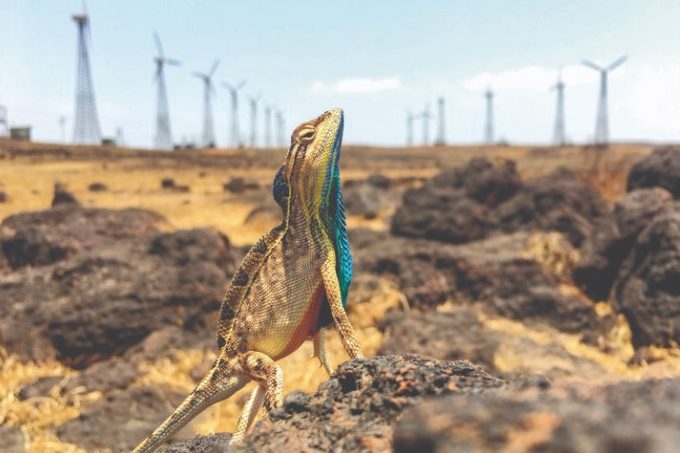
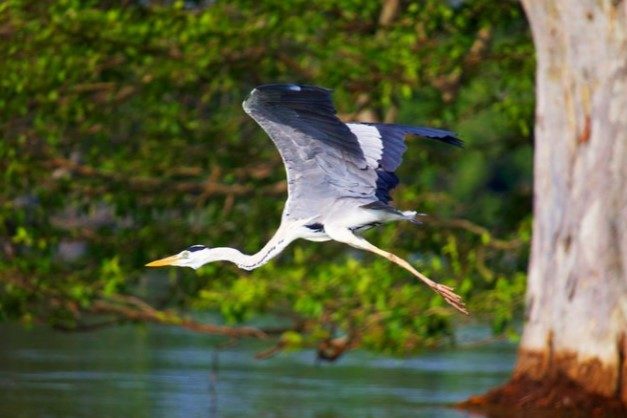
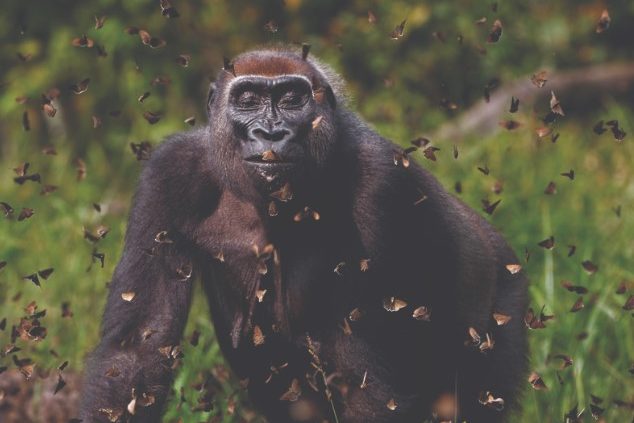
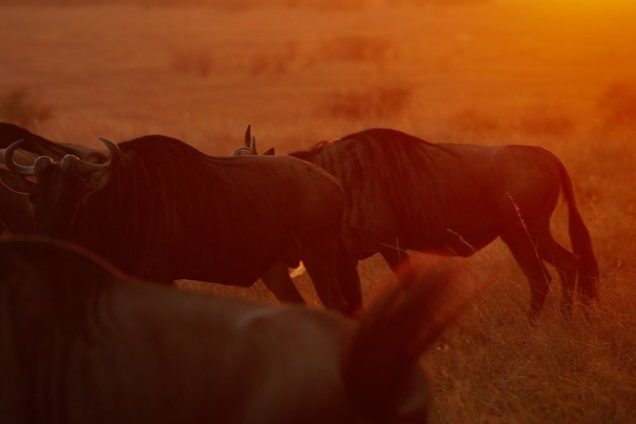
Sign up with your email address to receive news and updates on the toolkit.